Knowing when to aerate your lawn can make a difference in its effectiveness. The best time to aerate your lawn depends largely on the type of grass you have. If you have a cool weather variety of grass, such as Kentucky bluegrass, fescue, or perennial ryegrass, aeration can be done between March and May or in the fall. By waiting until the fall, you can add a late-season fertilizer, which will help your lawn green faster in the spring and ensure stronger root growth.
For warmer season grasses, such as Bermuda grass, aeration is best done between April and July. Don’t aerate these types of grasses while they are dormant, as weeds could take hold. You also shouldn’t aerate warm-season grasses until after the grass has turned green in the spring, and you have mowed the lawn at least once.
In most cases, you only need to aerate once per year. However, if you have heavy, clay-based soil, or a lot of traffic on your lawn, you may need to aerate in the spring and the fall to keep your lawn healthy. Also, if you have seeded or sodded your lawn within the last year, do not aerate; wait at least two years to ensure the roots have taken hold.

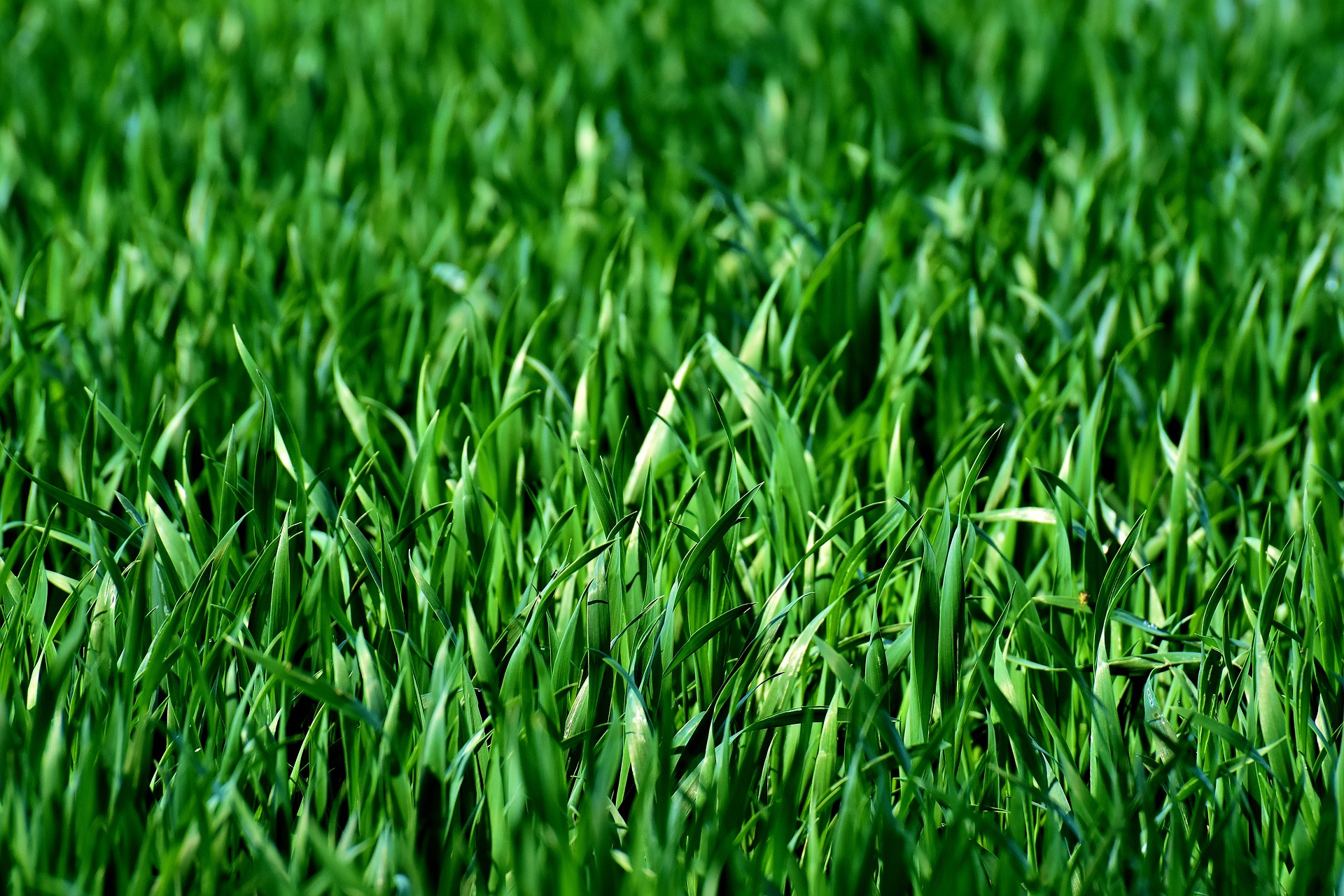




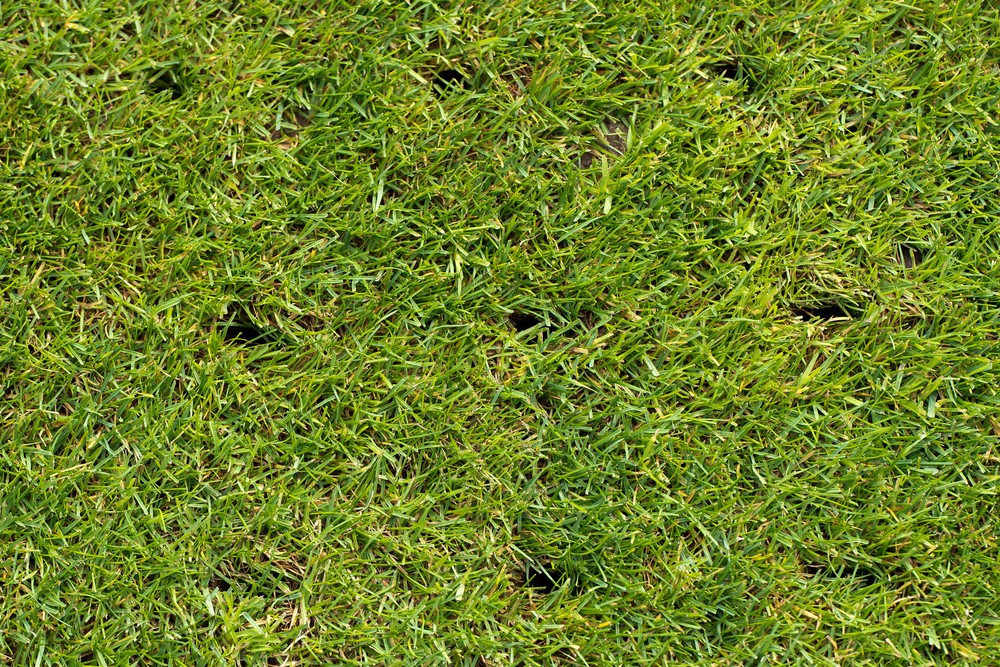
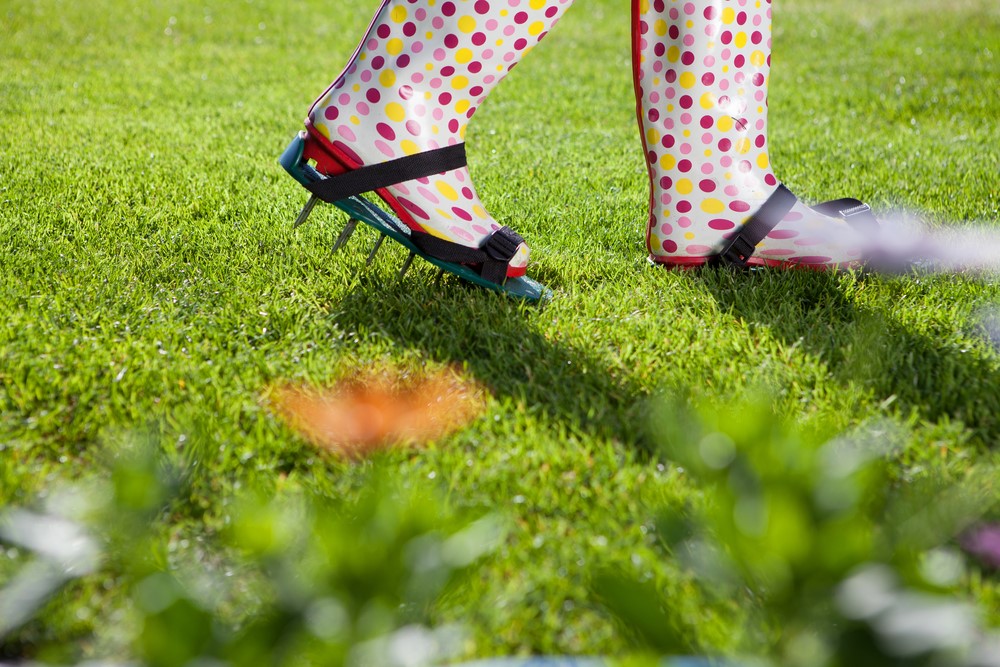
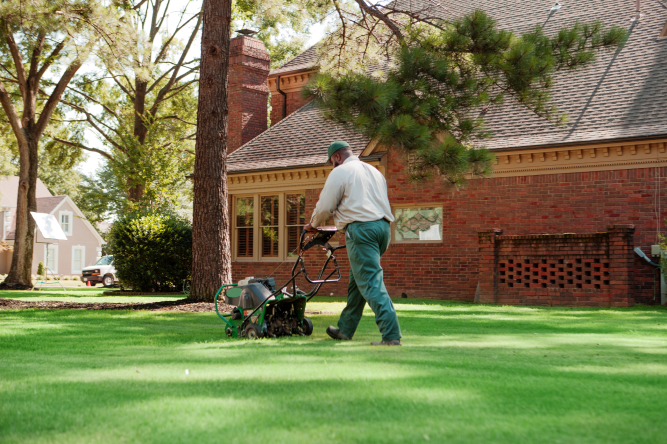
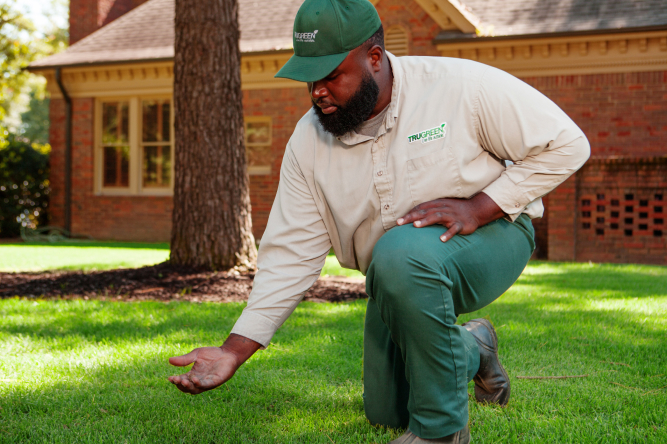
Facebook
X
Youtube
Copy Link
Email